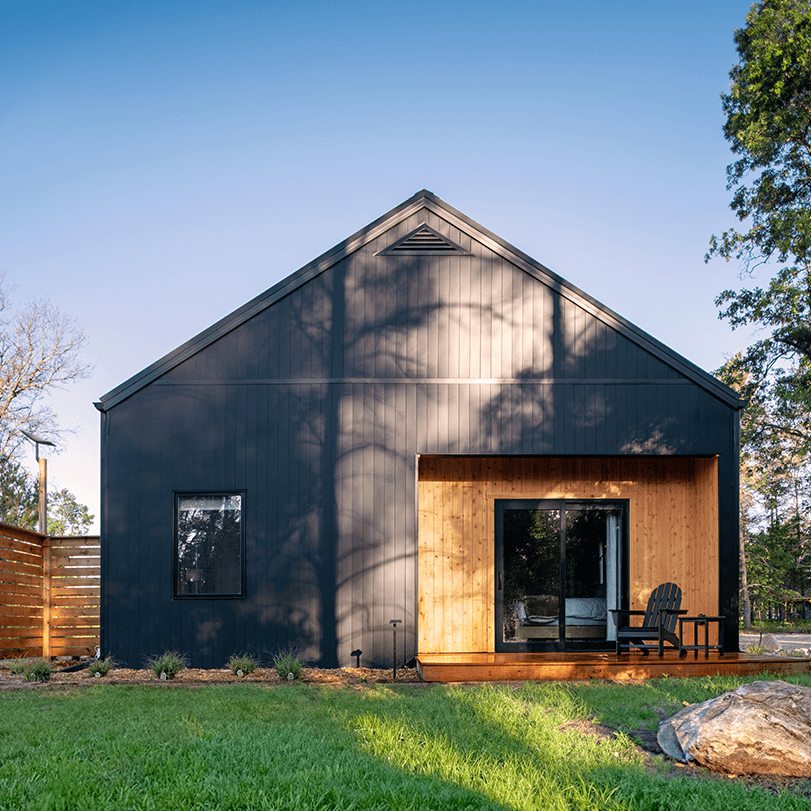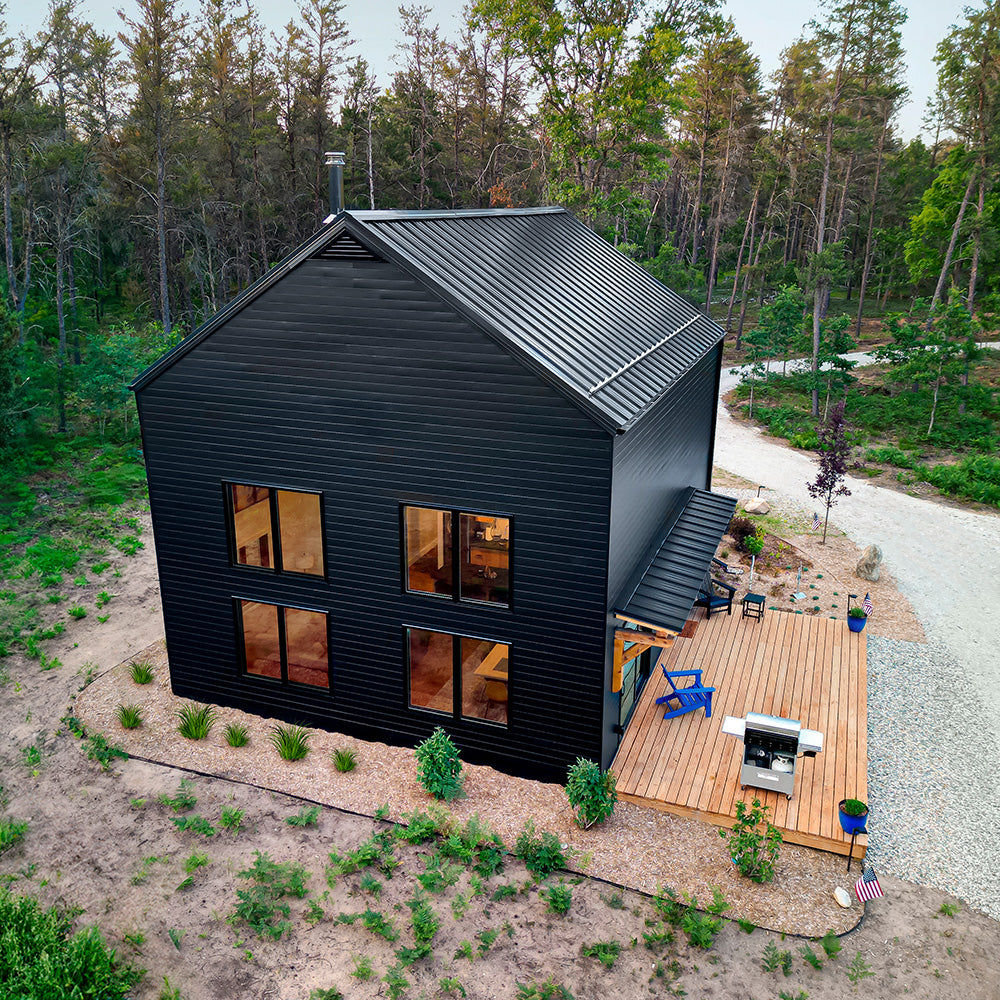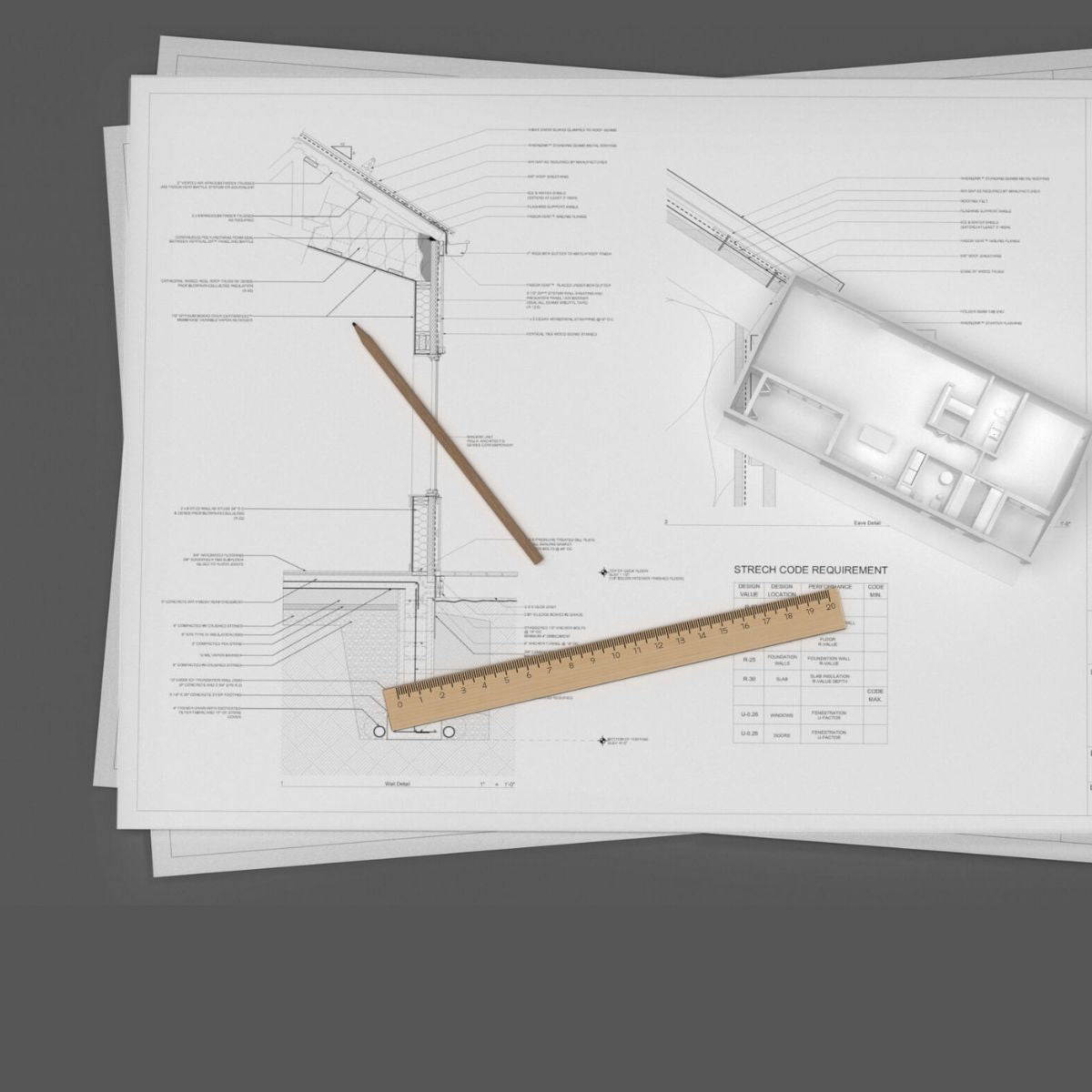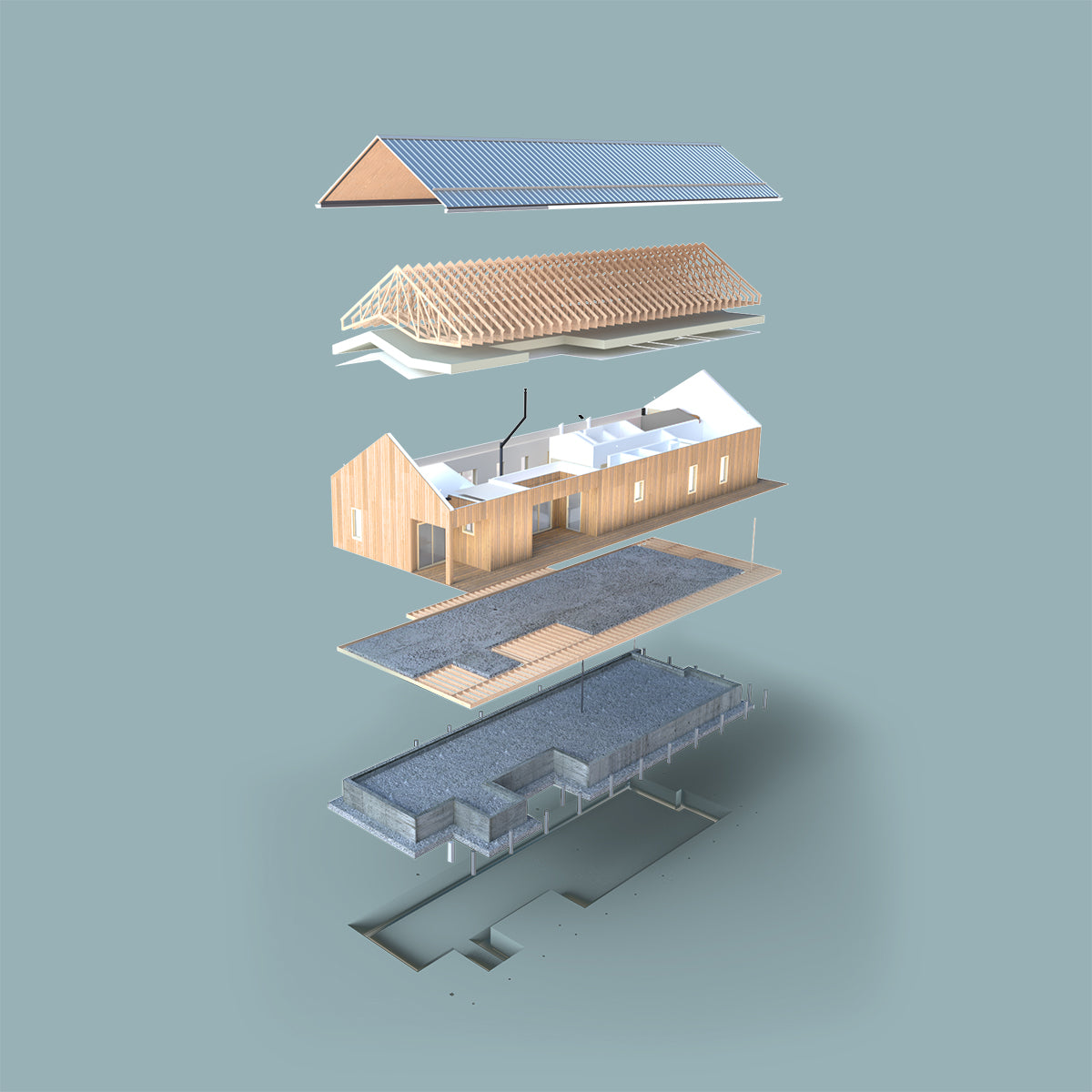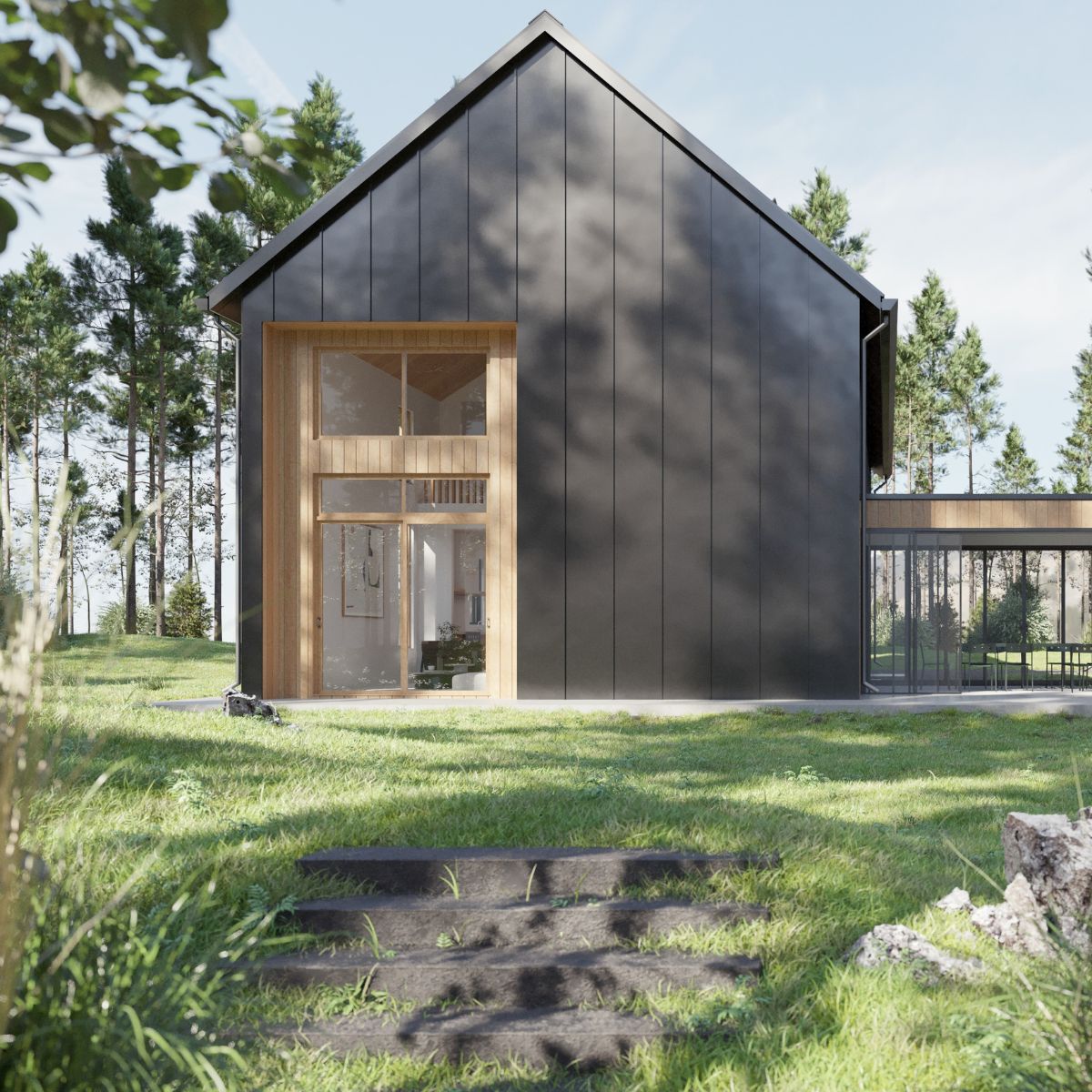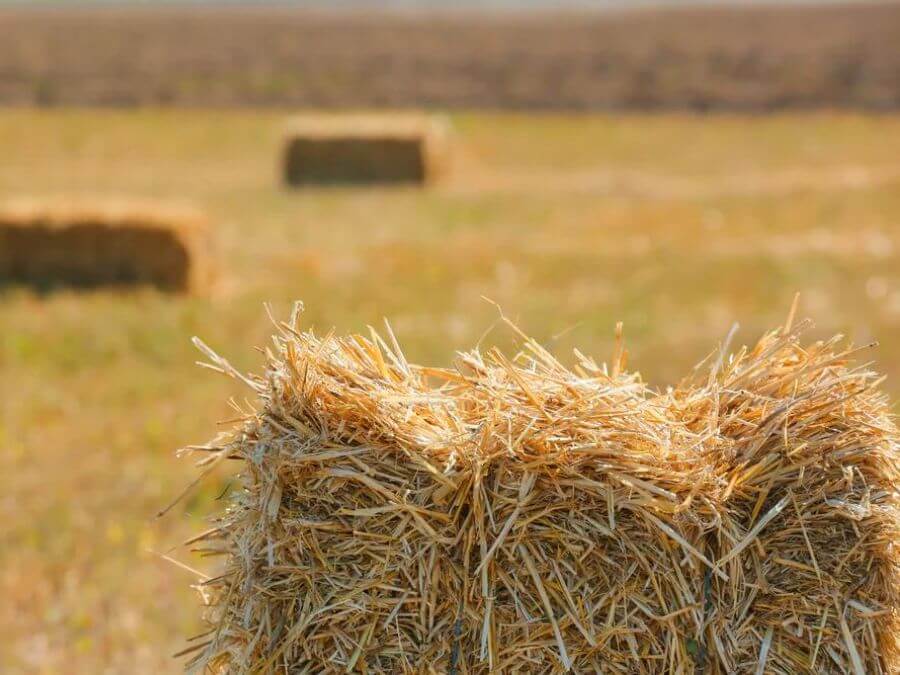In the famed story of “The Three Little Pigs,” the first little pig’s straw house came tumbling down effortlessly after only a few huffs and puffs from the big, bad wolf. Some may be quick to write off straw as a viable material to incorporate into new home construction in the modern-day building. However, in the era of searching for sustainable building materials, it turns out that the first little pig may not have been so off the mark after all.
Straw bales are both a natural and renewable material for insulation. Using straw bales for insulation has been dated back to homes constructed in the 19th century. Straw bales are high-performing insulators and experience minimal decomposition over time.
Different Ways to Use Straw Bales for Insulation
There are a few ways to utilize straw bales for insulation. The first is obtaining locally-sourced straw bales and lining them in post and beam construction. They can be cut and shaped easily. Companies have also begun making prefab straw insulation panels.
Straw Bale Insulation R-Value and Costs
Straw bales typically have an R-value range of 2.38 per inch to R 0.94 per inch. This range is comparable to the R-value of stone wool or fiberglass. Although it is slightly lower than cellulose, straw bales’ R-value can be increased depending on how tightly packed the bale is.
The cost of straw bales for insulation is comparably lower than other options on the market. Straw bales can cost up to 12 dollars a bale, while some farmers may give them away for free to clear space in the barns.
Straw Bale Insulation Benefits
Straw bales can be used for insulation in attics, ceilings, and walls. With proper protection from moisture, straw bale insulation has the potential to last for decades. When densely packed, straw bale insulation can have a very high and effective insulation R-value.
Using straw bales for insulation is beneficial to the longevity of a home, but its use is also remarkably environmentally friendly. Straw bales are made from leftover stalks from crops. Farmers should ideally incorporate the leftover straw from their crops back into the land to improve soil fertility. However, it is more common for farmers to burn their leftover straw. This practice has been proven to be harmful to the environment. For example, a recent study demonstrated how burning rice and wheat straw in China has contributed to air pollution. By reusing straw bales in this alternative way, home builders can help reduce harmful air pollution and equip their homes with durable and reliable insulation.


